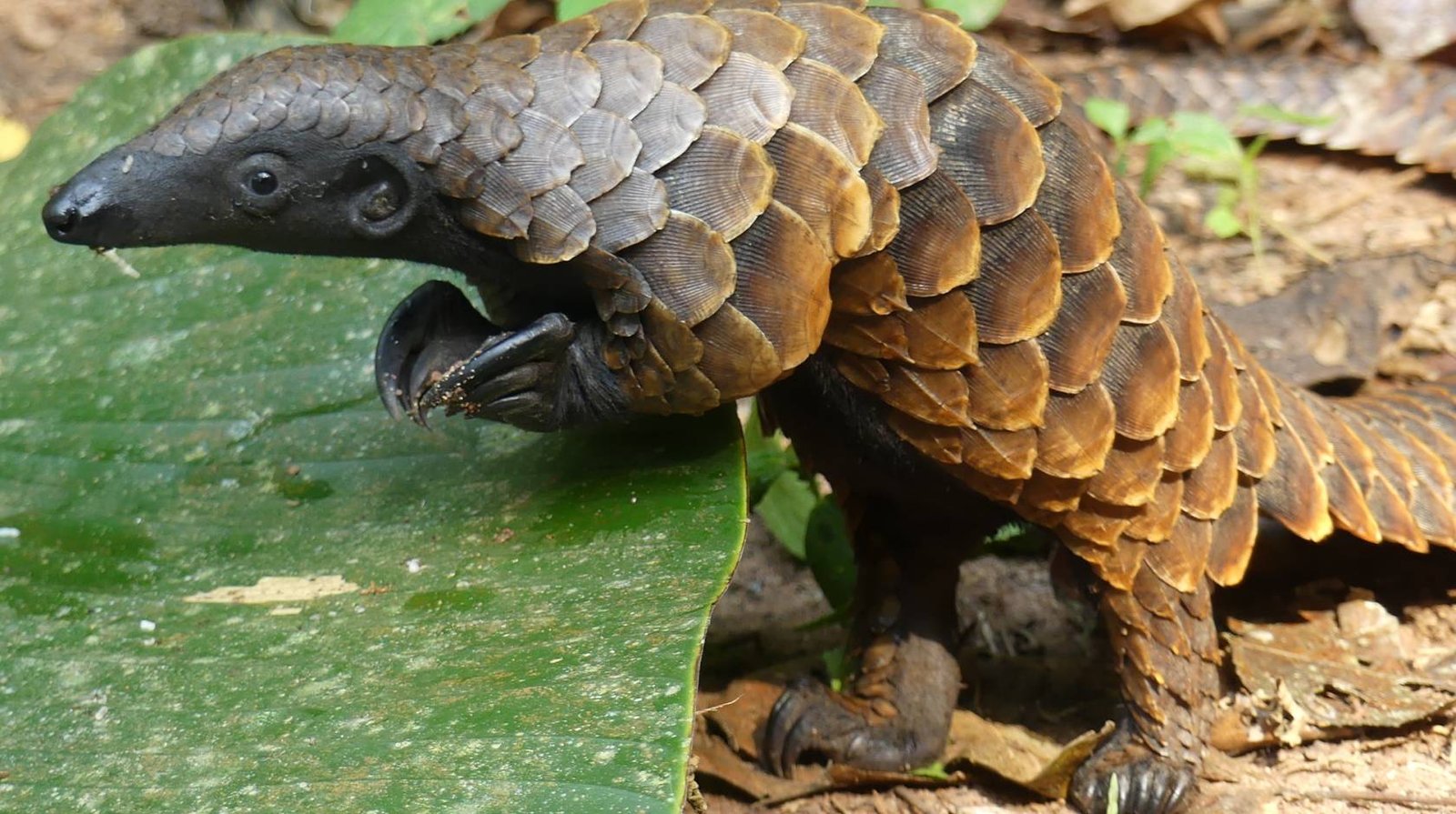The pangolin conservation project launched to protect pangolins has succeeded at Pench Tiger Reserve and Satpura Tiger Reserve, as the mammals have started to breed there.
What are Pangolins?
- Pangolins, also known as scaly anteaters, are the only known mammals with large keratin scales covering their skin.
- Of the eight species found worldwide (four each in Asia and Africa), two are found in India: the Indian Pangolin (Manis crassicaudata) and the Chinese Pangolin (Manis pentadactyla).
About Indian Pangolin
- The Indian pangolin, also called the thick-tailed pangolin, is native to the Indian subcontinent.
- They are one of the most trafficked mammals in the world, despite an international ban on their trade.
- Distribution: It lives in India (south of the Himalayas), Bangladesh, Southern Nepal, Sri Lanka, and small parts of Pakistan.
- Habitat:
- They are well adapted to desert regions and prefer barren, hilly areas. Their habitat extends up to 2,500 feet above sea level.
- Overall, they prefer soil that is soft and semi-sandy, suitable for digging burrows.
- They have also been shown to survive in various types of tropical forests, open land, grasslands, and in close proximity to villages.
- Features:
- Like other pangolins, it has large, overlapping scales on its body, which act as armor.
- The Indian pangolin’s armor is among the most effective in the mammalian world. It has about 13 rows of moveable, sharp scales covering its body, which are shed periodically.
- The colour of its scales varies depending on the colour of the earth in its surroundings.
- It can also curl itself into a ball as self-defense against predators.
- It is an insectivore, feeding on ants and termites.
- It is nocturnal and it rests in deep burrows during the day.
- Conservation status:
- IUCN Red List: Endangered
- Wildlife (Protection) Act, 1972: Schedule I
- CITES: Appendix I




